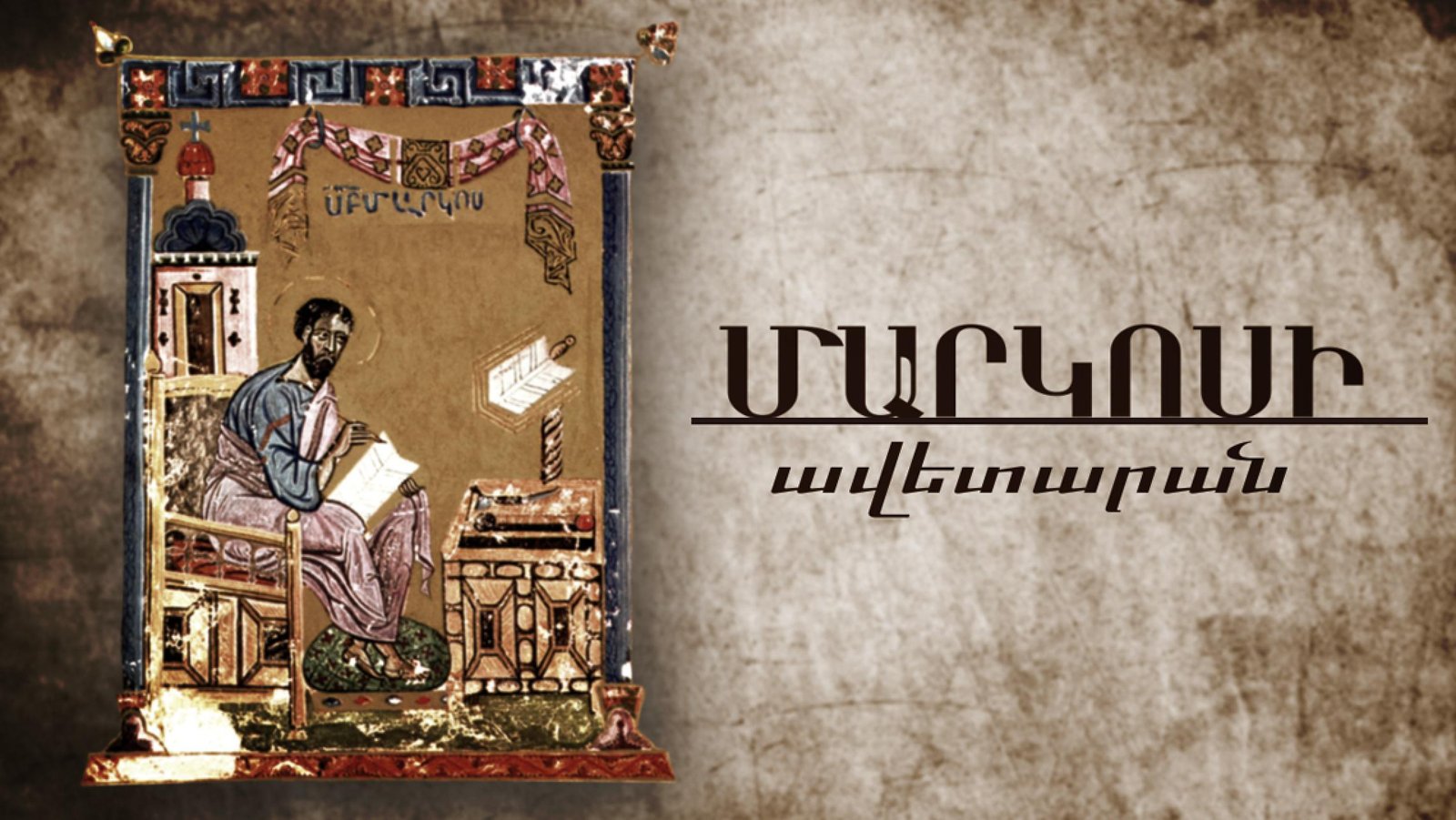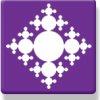
|
|
Gospel of Mark 6. 30-44The Disciples of Christ told Him that the crowd was hungry; hence they had to be released to go to nearby farms for food. However, Christ asked them to get content with what the Disciples had – the five loaves and two fish. He took the food, blessed it and multiplied it to the extent that it sufficed a crowd of five thousand and they got full.
|
|
|
Gospel of Mark 6. 14-29John the Baptist was beheaded by the order of Herod Antip. Who requested such an order to be issued, and what followed next? Who was Herodias and how did she relate to the order of the King?
|
|
|
Gospel of Mark 6. 7-13Christ called His 12 disciples and sent them to preach giving them the power against evil spirits and He commanded them not to take anything more than a stick for the road – neither a bag, bread, money, nor a n extra rob, and only to wear slippers. And if they don’t get respective honor and acceptance, they should shake the dust off and leave. |
|
|
Gospel of Mark 6. 1-6“Jesus left there and went to his hometown, accompanied by his disciples. When the Sabbath came, he began to teach in the synagogue, and many who heard him were amazed. “Where did this man get these things?” they asked. What did Christ teach in Nazareth, why was he amazed at people’s unbelief, and why his own locals didn’t accept Him? |
|
|
Gospel of Mark 5. 21-43The verses 21 through 43 in Chapter 5 of the Gospel of Mark refer to the daughter of Jairus, as well as the passages on the bleeding woman from the Gospel. Who was Jairus, how did Christ heal her? What was the reply to the bleeding woman, who came nearer to Him? Father Markos Mangasaryan provides explanations. |
|
|
Gospel of Mark 5. 1-20“Jesus came to the country of the Gadarene. When he came out of the ship, immediately there met him out of the tombs a man with an unclean spirit.”
|
|
|
Gospel of Mark 4. 35-41“That day when evening came, he said to his disciples, “Let us go over to the other side.” Leaving the crowd behind, they took him along, just as he was, in the boat. There were also other boats with him. A furious squall came up, and the waves broke over the boat, so that it was nearly swamped. Jesus was in the stern, sleeping on a cushion.”
|
|
|
Gospel of Mark 4. 26-34In the Gospel of Mark, Chapter 4, verses 26-34, Christ again talks about the wheat grains, how are they seeded and grow. As soon as the grain is ripe, the Lord puts the sickle to it.
|
|
|
Gospel of Mark 4. 21-25“Do you bring in a lamp to put it under a bowl or a bed? Instead, don’t you put it on its stand? For whatever is hidden is meant to be disclosed”.
|
|
|
Gospel of Mark 4. 3-9, 13-20The parable of the sower is one of those rare parables which Christ first tells and only then interprets it.
|
|
|
Gospel of Mark 4.1-2, 10-12“Again Jesus began to teach by the lake. The crowd that gathered around him was so large that he got into a boat and sat in it out on the lake, while all the people were along the shore at the water’s edge.” What did Christ tell them this time, what did He command them through the sower’s parable, why did Christ start speaking to them through parables?
|
|
|
Gospel of Mark 3. 31-35“He looked at those seated in a circle around him and said, “Here are my mother and my brothers! Whoever does God’s will is my brother and sister and mother.” Who did Christ deem to be a brother?
|
